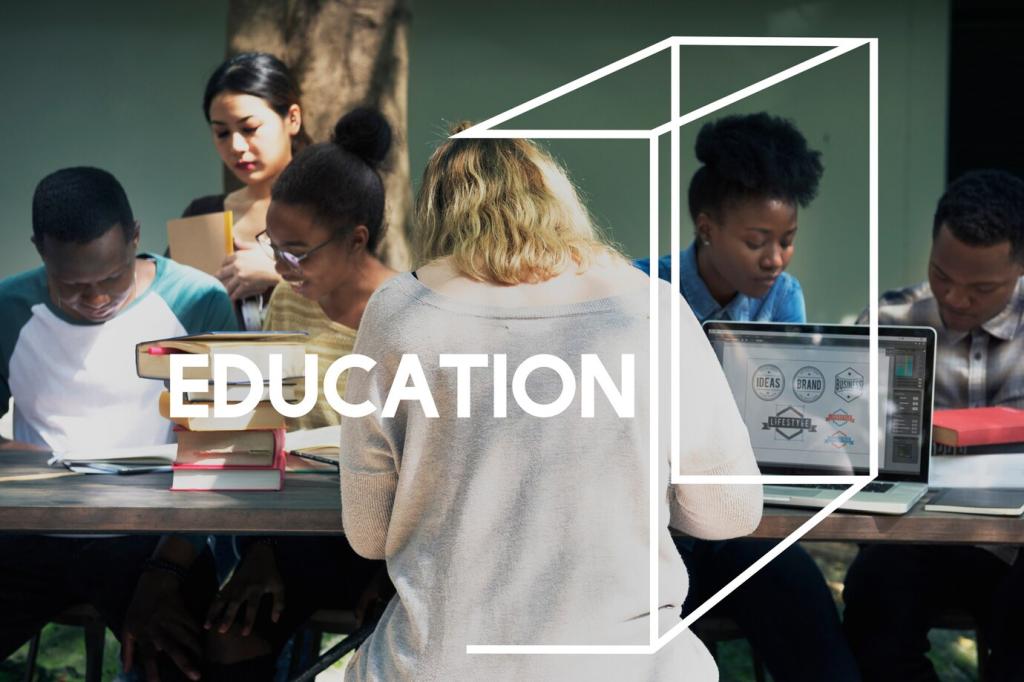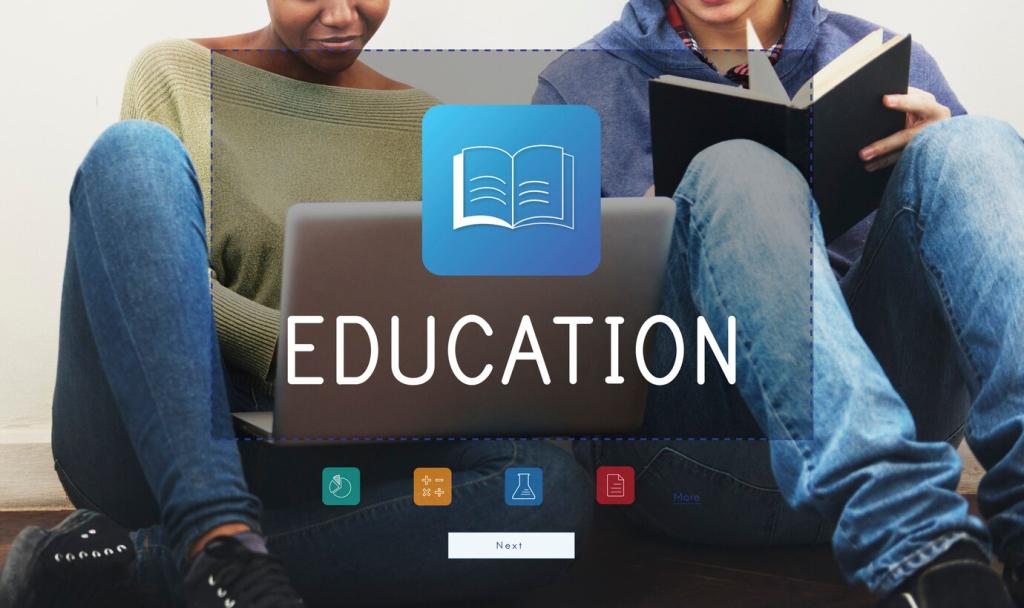Policy Levers That Turn Learning into Growth
Early childhood education builds cognitive and socioemotional foundations that later schooling amplifies. Sustained investment across primary, secondary, and adult learning avoids costly skill gaps. The payoff arrives through higher earnings, stronger firms, and a more adaptable workforce ready for change.
Policy Levers That Turn Learning into Growth
Great teachers, modern curricula, and up-to-date equipment matter as much as funding. Honor vocational tracks alongside academic ones, and align course content with employer needs. When learners feel dignity and see relevance, motivation rises—and so do completion rates and workplace performance.






